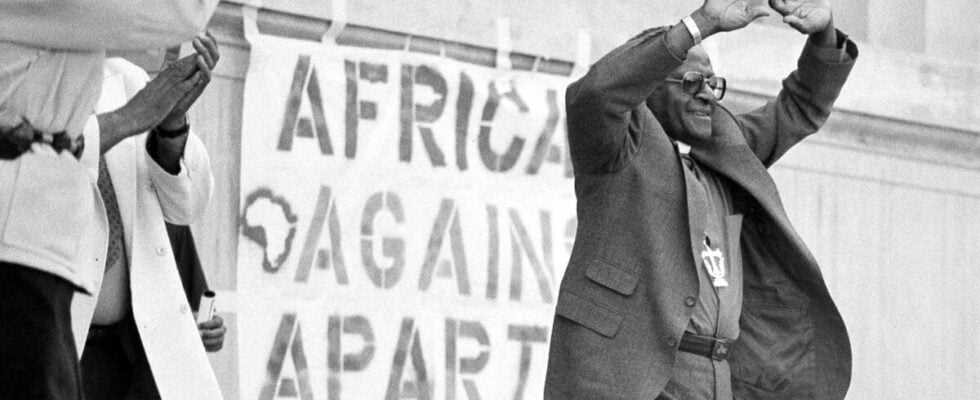The body of Nobel Peace Prize Laureate Desmond Tutu, who died at the age of 90, is to be reduced to dust by aquamation, a new method of water cremation touted as an environmentally friendly alternative to conventional burial methods.
Like humusation, a technique of composting bodies with layers of leaves and wood, or liquid nitrogen, aquamation (or resomation) is still a confidential funeral method authorized only in certain countries. In South Africa, the practice evolves in a certain legislative vacuum.
From its scientific name “Alkaline hydrolysis”, it consists of cremation by water rather than by fire. The body of the deceased is placed in a large metal cylinder, and then immersed in a liquid – a mixture of water and alkaline product.
The substance is heated (around 150 ° C) and put under pressure, a process which allows rapid dissolution of the flesh inside the box. After only a few hours, the body’s tissues (fat, blood, proteins, skin, etc.) are “Completely liquefied, and only the bones remain”, explains the site funerals.info.
Water rather than fire
These bones are then reduced to white dust, placed in an urn and given to relatives to be buried, as will be the case for Bishop Desmond Tutu, or placed in a colombarium.
From a symbolic point of view, water is considered softer than flames, and evokes the end of a life started in the liquid element. But its defenders especially highlight the ecological gain of the method, which consumes less energy than cremation by combustion and emits less greenhouse gases.
According to UK-based company Resomation, aquamation spends five times less energy than fire. It is also used to dispose of animal carcasses in slaughterhouses, where it is considered to be health efficient.
Desmond Tutu, who died on December 26, was entitled to the honors of a state funeral. But he wanted them modest, in his image. He had given very specific instructions in this regard. No fanfare, no flowers, only a small bouquet of white carnations, offered by the family, placed on an unadorned pine coffin. The funeral of this latest icon of the anti-apartheid struggle was held this Saturday in Saint George’s Cathedral in Cape Town.
A symbolic place, since it is there that he officiated for a decade, the first black Anglican archbishop, and, from this square, that he led numerous marches and campaigns, slayer of the racist regime. The aquamation of his body was to take place immediately after, in the presence only of his family.
The technique has existed since the end of the 19th century. It was said to have been developed by an American farmer, Amos Herbert Hanson, who was looking to use the carcasses of cattle as manure, reports The Standard. The first machine that could treat human bodies was put into service in 2006.
